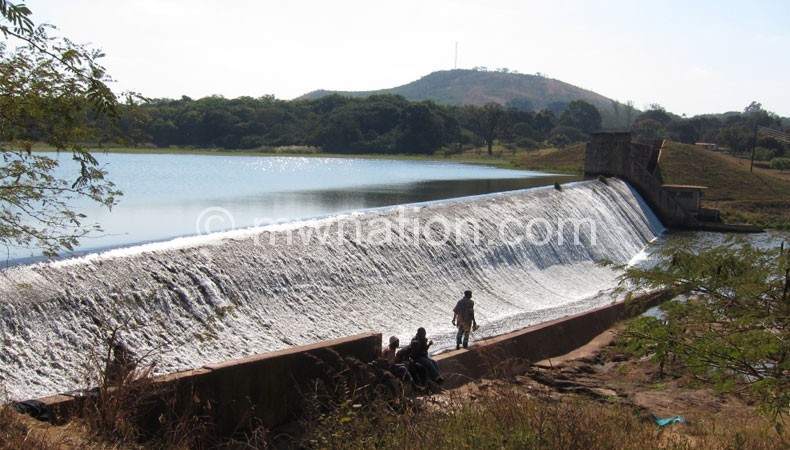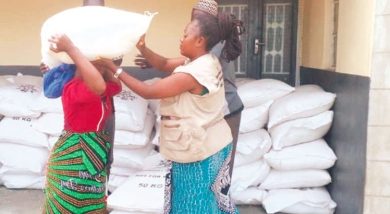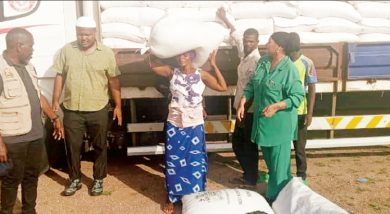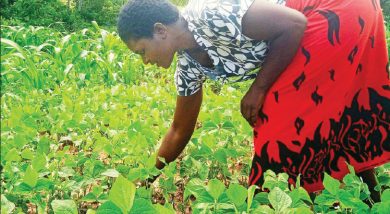LWB cautious of graphite project
Lilongwe Water Board (LWB) has expressed strong reservations on the planned graphite mining close to Kamuzu II Reservoir Dam fearing that water disposal from the mining activity would affect groundwater.
LWB has 74 000 customers in Lilongwe City and its outskirts who could be affected by the mining.
Sovereign Metals Limited, an Australian company, was granted a mineral exploration licence and has since established the presence of graphite, a non-metal mineral commonly used as a non-oil lubricant and in cell phone batteries, among other functions.

LWB chief executive officer Alfonso Chikuni confirmed in a questionnaire response on Monday that the board wrote Sovereign Metals Ltd to voice out their concerns.
He said: “Any drilling activity, if no safeguards are put in place, is bound to affect the hydrology and the mining itself will most obviously affect the raw water quality due to disposal of mining waste.”
In the event that the environmental and social impact assessment (Esia) gives a go-ahead for the mining, Chikuni said LWB would encourage government to ensure that strict safeguards and a monitoring and evaluation framework are put in place before any mining activity kicks off.
LWB wrote Sovereign Metals Ltd in April this year expressing their concerns on environmental and social safeguards of the project.
In the letter, LWB noted that portions of the proposed area for mining are overlapping with the Kamuzu Dam II buffer zone and these should not be included in the project areas.
The pits Sovereign Metals Ltd drilled during the exploration exercise were observed to be close to the dam reservoir.
“This is not acceptable in order to avoid negative impacts to the water quality and water yield in the dam reservoir,” the letter reads.
LWB also forecast that contaminated water from the project sites should not be flowing into the dam reservoir or the groundwater as this could affect consumers, aquatic life and the ecosystem.
The Malingunde Graphite Project has also come under fire after community members in the area complained of unfair compensations after some received as little as K700 for crop fields where drilling for collection of samples was undertaken.
Sovereign Metals Ltd country manager Andries Kruger, however, said LWB concerns are being considered and form part of the Esia studies.
In response to a questionnaire, Kruger said no mining activities would be undertaken in the buffer zone.
He said if the project goes ahead, water management infrastructure would be designed to minimise the potential impact on surface and groundwater quality.
“As part of the Esia process, an Environmental and Social Management Plan will be developed which details the management and mitigation measures to ensure any impact is minimised and a programme is put in place to monitor the effectiveness of management measures,” Kruger said.
A pre-feasibility study was expected to be completed this month and if it proves that mining is viable, the company is expected to decide whether to proceed with the project and apply for a mining licence.
Currently, there are ongoing specialist studies whose results will be incorporated into the Esia report to be released by end of this year.
As part of its fieldwork, the company has started drilling as part of data collection and to support the feasibility study.
In 2017, global market prices for graphite ranged from $750 (about K551 250) to $1 525 (about K1 1 million) per metric tonne.





